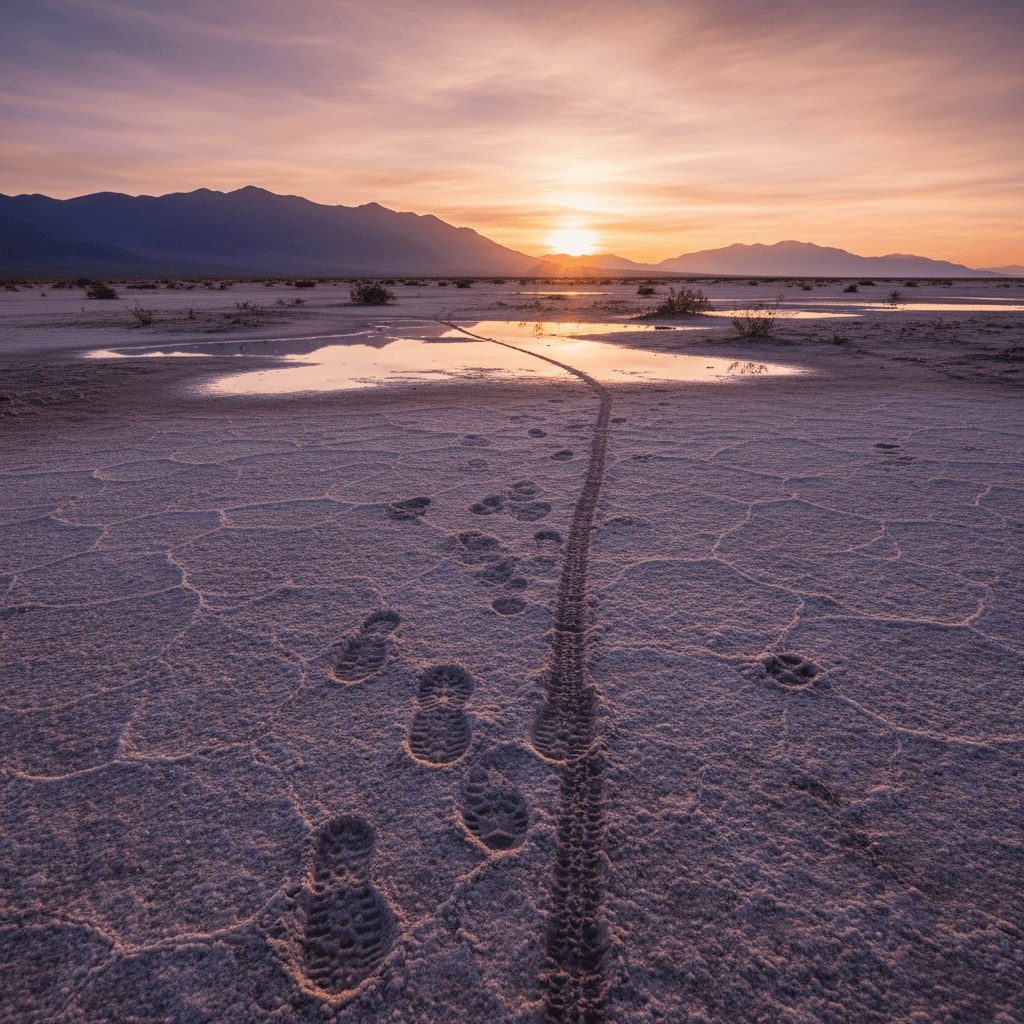Turning Curiosity Into Footprints of a Tried Life

Turn curiosity into tracks on the ground; leave evidence of a life well tried. — Mark Twain
From Wonder to Footprints
To begin, the line urges us to convert inner wonder into outward motion—tracks we can point to. Curiosity, in this view, is not a private mood but the engine of visible deeds. Mark Twain modeled this alchemy: he wandered the American West to write Roughing It (1872) and learned the Mississippi’s moods to craft Life on the Mississippi (1883). In both, the road, the river, and the notebook become proof of inquiry made concrete. Thus the metaphor of tracks is literal and moral: a life is not merely contemplated; it is traversed, leaving imprints others can read.
Curiosity as Actionable Experiments
From there, curiosity finds its integrity when it is tested by doing. Charles Darwin transformed questions into field notes and sketches—his notebook page labeled “I think” (1837) captures thought crossing into evidence. Likewise, Florence Nightingale did not stop at concern; she quantified hospital deaths and visualized them in her polar area diagram (1858), turning intuition into reform. These examples show that trying—running small trials, gathering data, revising course—lays down a trail of cause and effect. In short, the world responds to experiments, and the record of those responses becomes our trackway.
Leave Evidence: Keep Honest Records
Consequently, a life “well tried” needs proof—and records supply it. The Lewis and Clark journals (1804–06) stitched landscapes into language, allowing others to retrace steps. Marcus Aurelius’s Meditations (c. 180 CE) preserved the inner terrain of a ruler learning to live well. Whether field logs, sketchbooks, or project notes, documentation makes attempts legible—successes and missteps alike. Moreover, honest records fight the bias of memory, showing not just what we intended but what actually happened. In this way, evidence dignifies effort, converting fleeting days into a coherent trail.
Tracks That Others Can Follow
Building on that, the best tracks are navigable by more than one traveler. Open-source code and citizen science projects like eBird (Cornell Lab, 2002) turn personal curiosity into collective maps of knowledge. Twain, too, used public lectures and essays—such as To the Person Sitting in Darkness (1901)—to press private convictions into public conscience. When we publish methods, share data, or mentor newcomers, we widen the path. Our curiosity then matures into stewardship: the marks we leave become wayfinding for people we may never meet.
Ethical Footprints in a Fragile World
At the same time, not all tracks are harmless. Environmental footprints, extractive “hustle,” and careless digital trails can scar more than they serve. The challenge is paradoxical: leave evidence without leaving damage. Borrowing from outdoor ethics, we might “leave no trace” on landscapes while leaving abundant traces in understanding, kindness, and repair. Choosing sustainable methods, crediting collaborators, and protecting privacy ensures our curiosity’s residue is responsible. Thus, a life well tried is not merely busy—it is discerning about where and how its footprints fall.
Begin Now: Small Steps, Visible Trails
Finally, the conversion of curiosity into ground-truth starts small. Keep a running list of questions; pick one to test this week. Design a tiny, reversible experiment; note what you expected and what you learned; share a brief report. Then iterate—improve the method, widen the circle, archive the evidence. Over time, these modest steps accumulate into a readable path. In effect, you become both traveler and cartographer, proving that a well-tried life is not an abstract ideal but a series of footprints anyone can start making today.